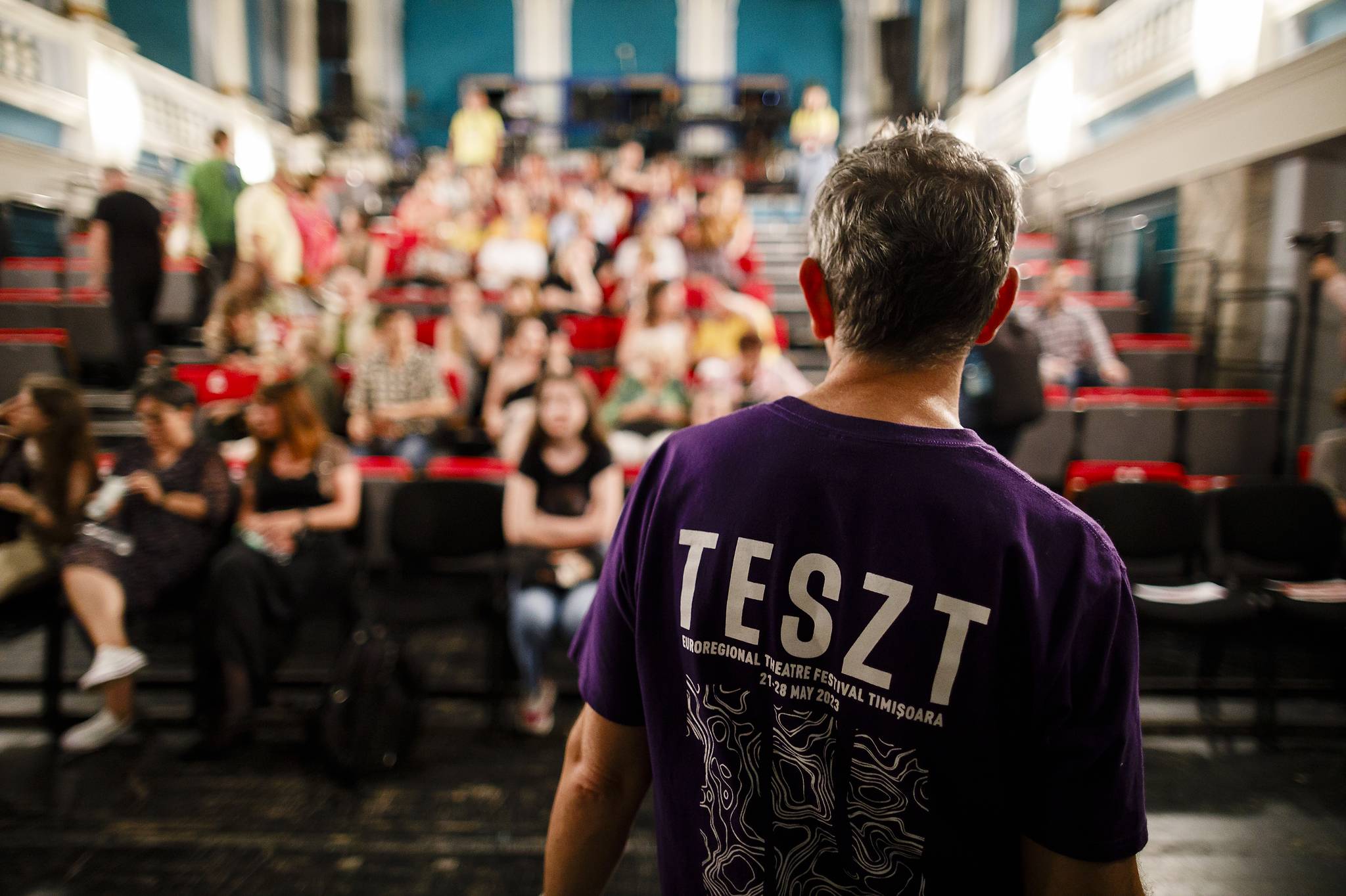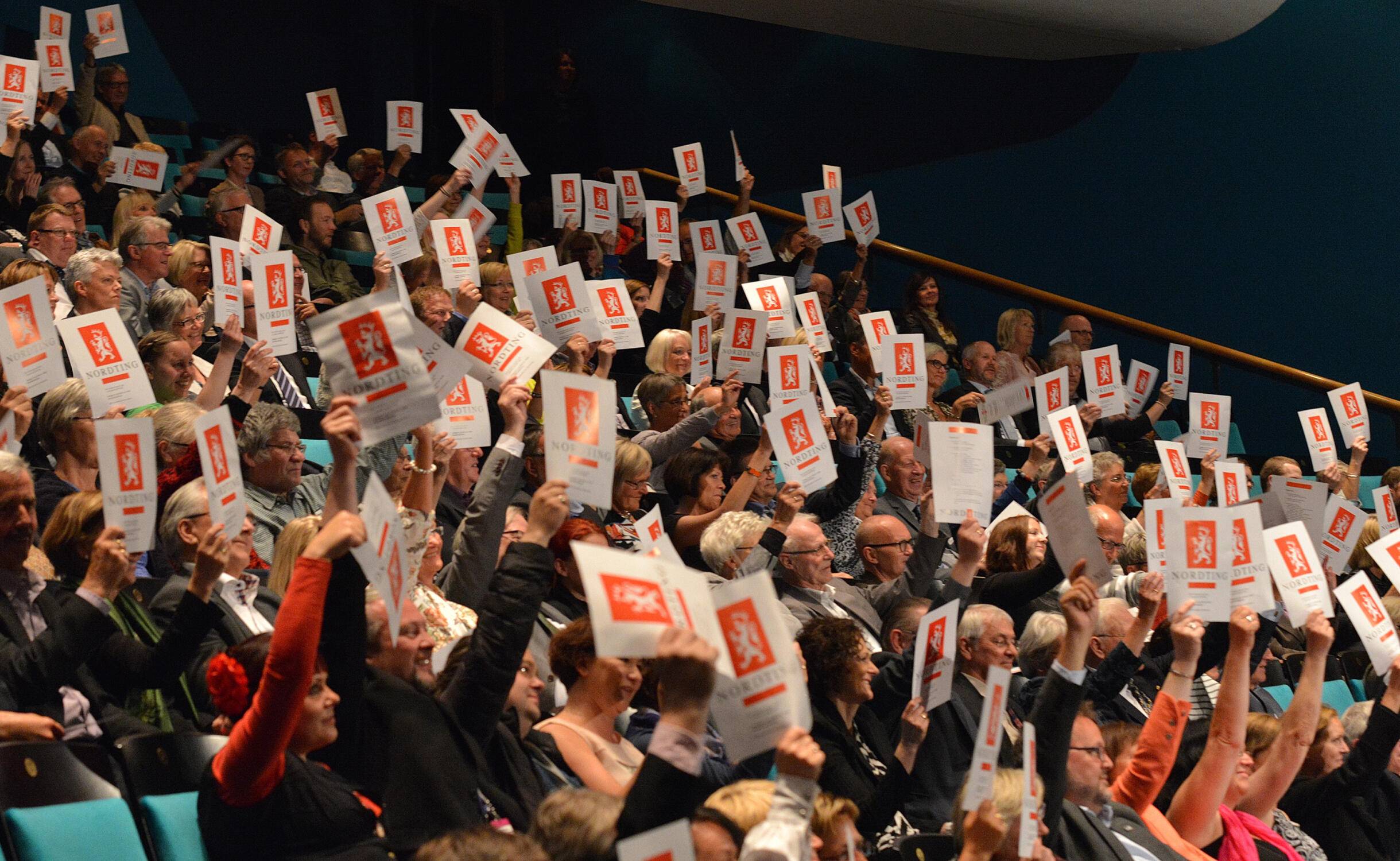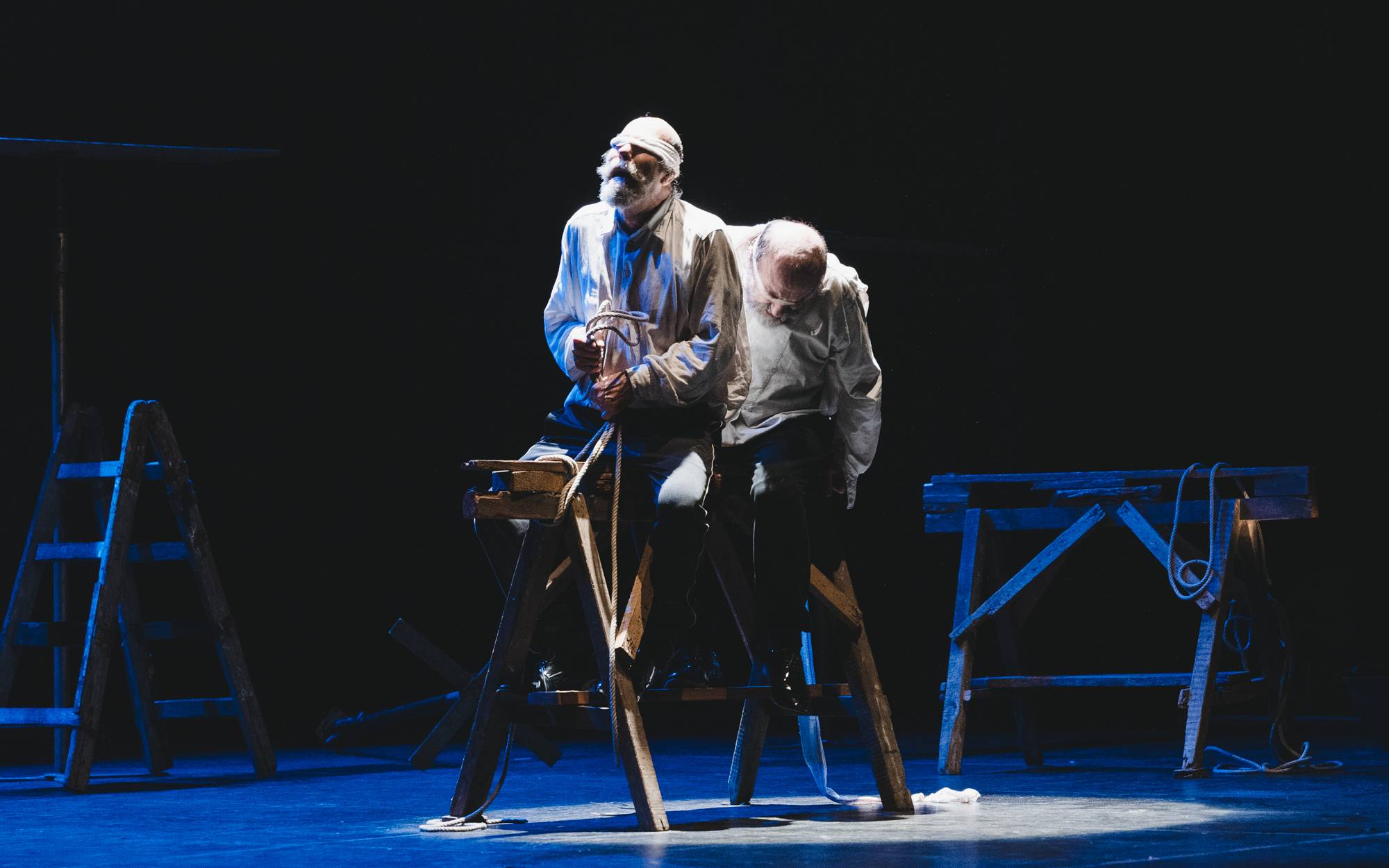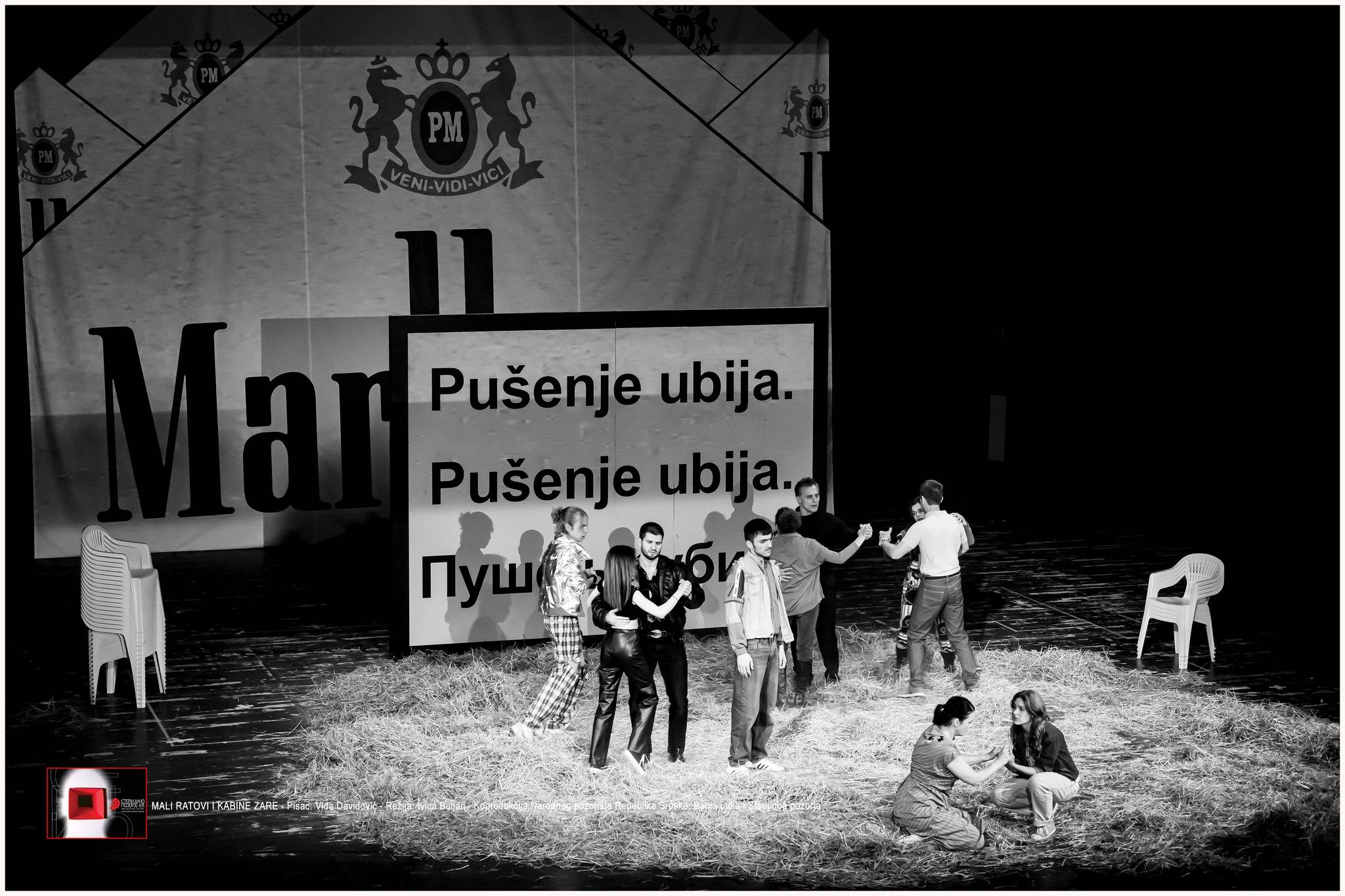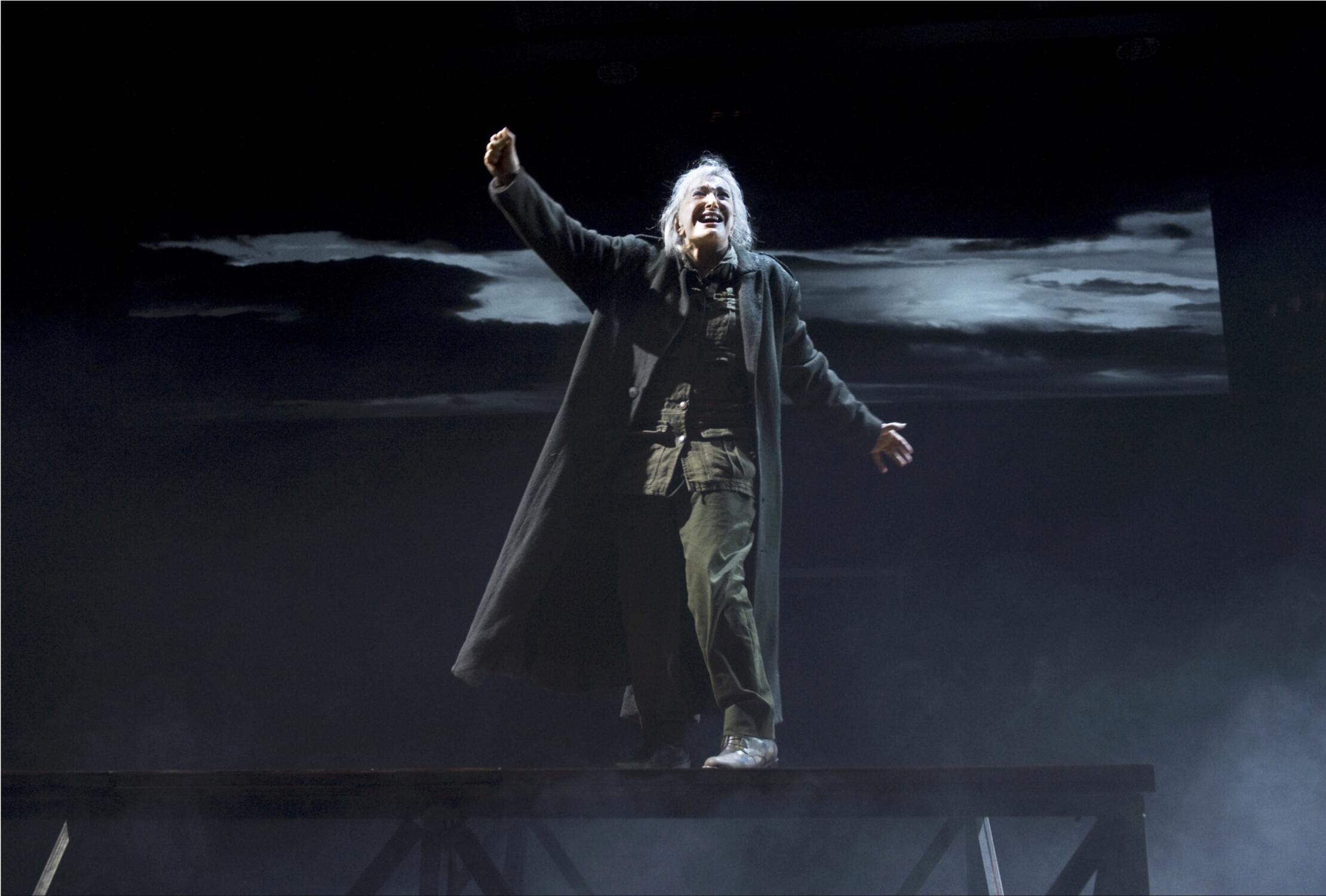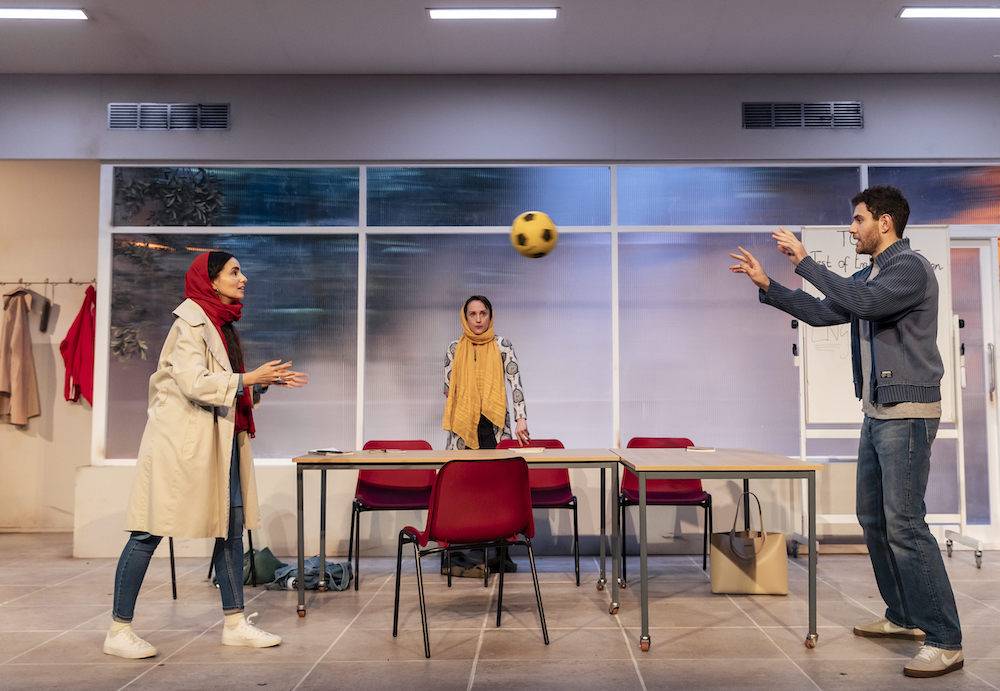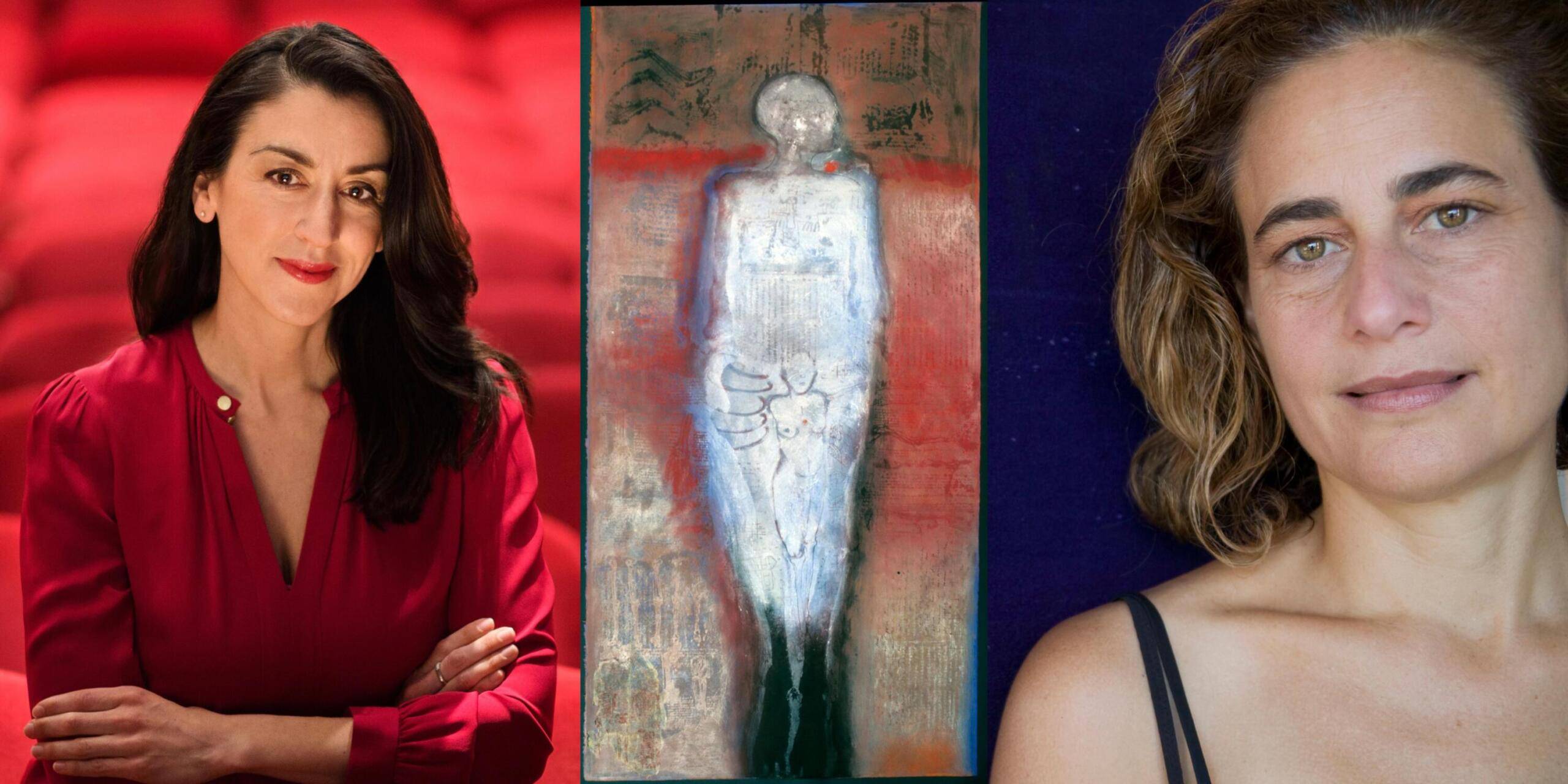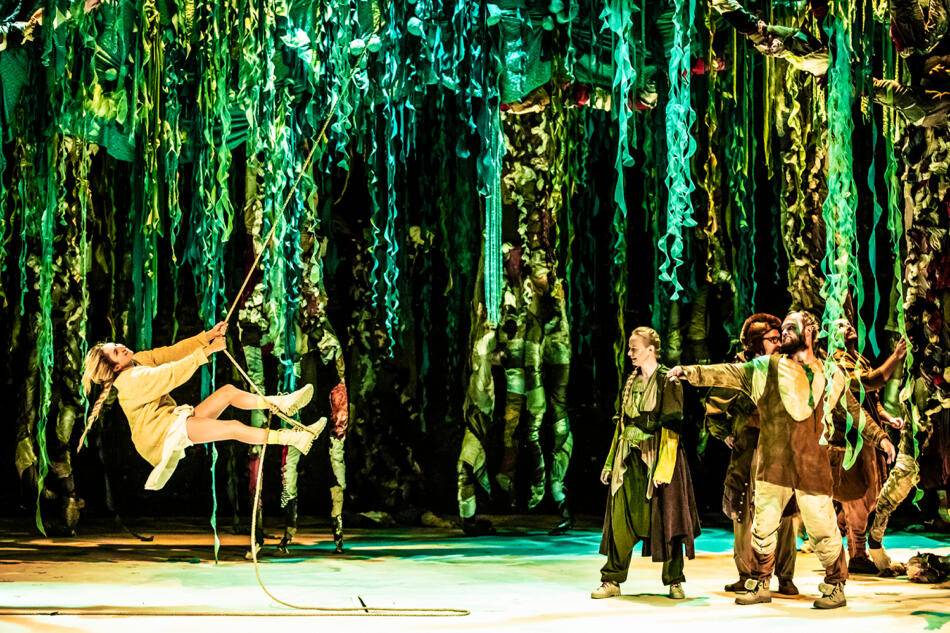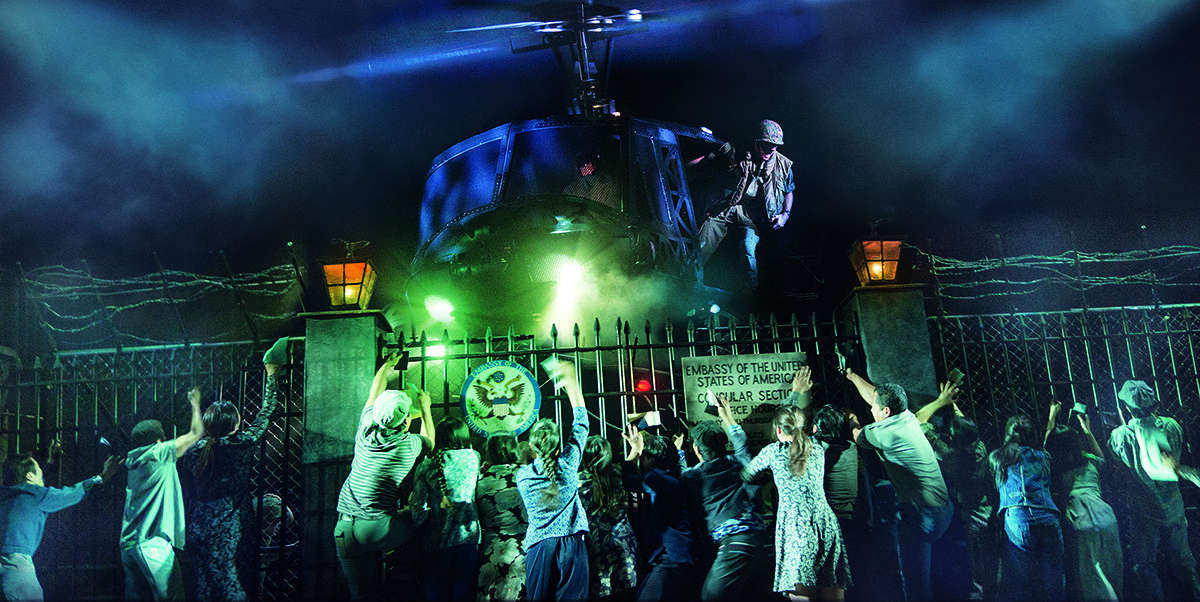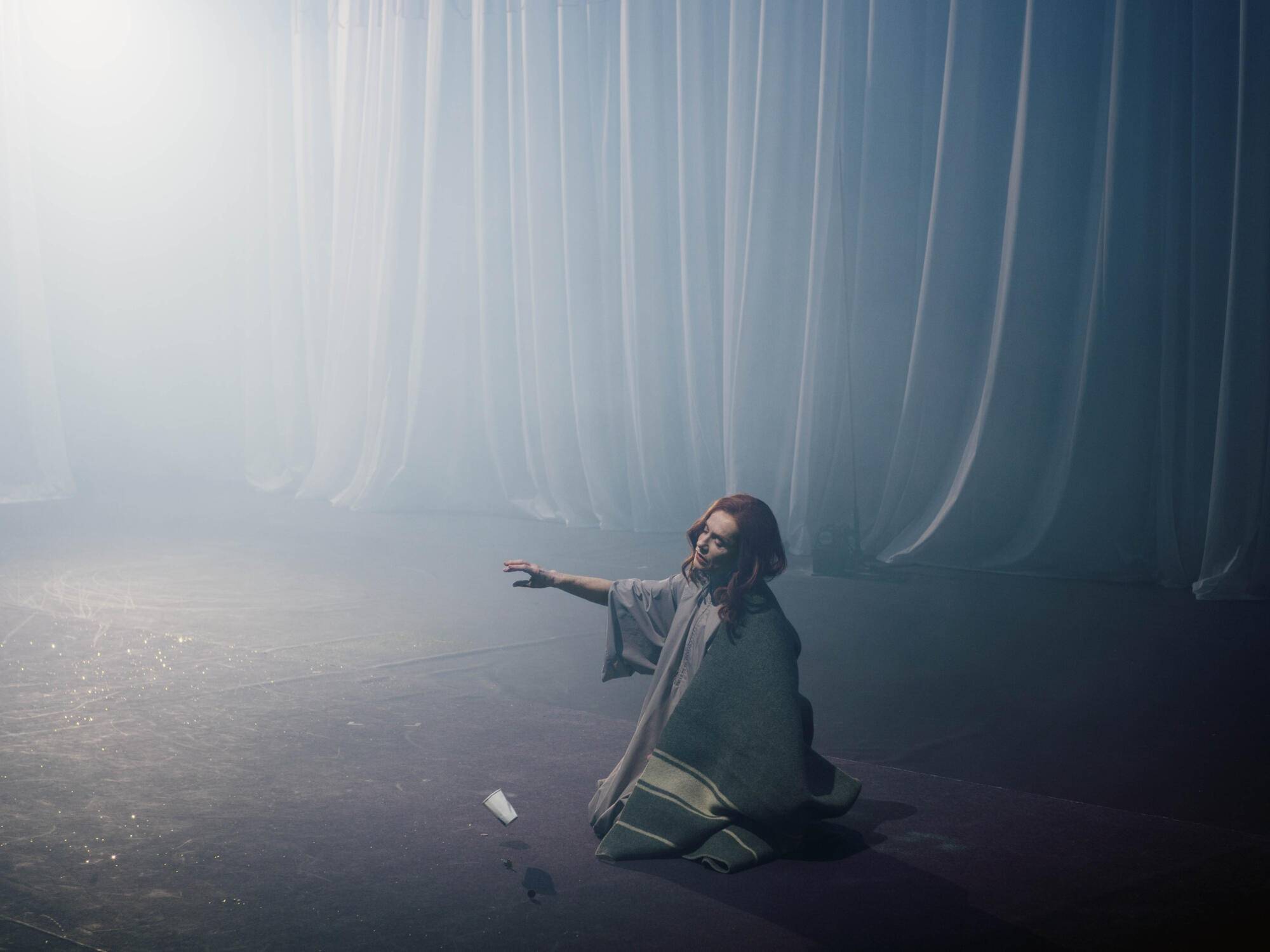For the corps de ballet of an Opera House, the place par excellence for the preservation of the intangible cultural heritage of the dance repertoire, providing an opportunity for young and emerging choreographers to create new work is always a promising step. It ensures the innovation of the enchanting yet often perennial atmosphere of an opera institution. This is the case for Teatro dell’Opera di Roma Foundation that houses one of the four remaining ballet companies affiliated with an opera house in Italy. It commissioned the double bill evening Serata Giovani Coreografi, featuring three young Italian choreographers: Adriano Bolognino who created Yellow and the artistic duo Sasha Riva and Simone Repele who co-authored I died for Love.
The double bill evening was presented from January 31 to February 2 on the stage of Teatro Nazionale, an auxiliary rehearsal theatre, gradually opening up to present more experimental productions of the foundation. It was curated by the corps de ballet director Eleonora Abbagnato with the aim of creating a complementary programme ranging from abstraction to physical story-telling, based on the young choreographers’ distinct artistic paths. Bolognino is an emerging choreographer whose first experience of working with a corps de ballet of an opera house was inaugurated at Teatro dell’Opera di Roma for this premier. Although his first choreographic work was created recently in 2018, he has already garnered the recognition and awards that usually characterize promising independent contemporary dance choreographers. By contrast, Riva and Repele are inspired by a neoclassical vocabulary that they experienced early on in their careers as students at the Ballet School of John Neumeier in Hamburg. Since then, their progress has been rooted in the world of ballet and the established institutions that support revitalizing this art form.
In Yellow, dynamic and sharp gestural phrases that evoke the narrative language of ballet and echo Pina Bausch’s expressive choreography for the hands fuse with modern-like linear corporealities. The latter alternate between the even and uneven distribution of body weight to compose an overall intense and tender work. Yellow is an abstract piece with auto-biographical elements performed by a male dancer (the soloist Simone Agrò) and twelve female dancers from the corps de ballet. It is set in a yellow room depicting curved lines reminiscent of pencil shavings; perhaps the pencils Bolognino used to dress with tulle whilst creating his first choreographies of objects as a child.
This preliminary way of choreographing inanimate objects was distilled throughout the years to give space to an unfinished draft in 2018 and today’s Yellow, a visual and abstract movement composition – this time embodied by professional dancers. The movement vocabulary proposed by Bolognino has its own originality and up to a certain point, emotionality that intensifies to the melancholic tones of music by Olafur Arnalds and Max Richter, among others, that overlap with the dancers’ breath, an auditory element that makes performers, dressed in form-fitting costumes, look more alive. Nevertheless, the use of space remains confined to the conventions of modern dance until the unexpected collapse of the fourth wall, a common Brechtian device for contemporary theatre-making rarely used in the context of an opera institution. Near the end, the dynamic diagonal of female dancers, who reappear on stage dressed in equally modern-dance-inspired long dresses in vivid colours, brings the sole male performer to climb off the stage to gaze at and direct the female group in a coordinated choreography. It may be that breaking the fourth wall reflects the moment when Bolognino himself made the transition from being a performer to becoming a choreographer, and this personal change of perspective from performing to viewing dance may further resonate with how many people become viewers after having experienced the art form from within, even if only as amateurs.
With I died for Love, the evening shifted from an abstract work into the realm of physical story-telling during which the corps de ballet demonstrated both an impressive level of theatrical expressivity and a familiarity with the movement vocabulary proposed by Riva & Repele. The latter is perhaps due to their recent collaboration with Teatro dell’Opera di Roma for Mass (2022) under the direction of Damiano Michieletto. I died for Love is a piece based on a traditional American song, The Butcher’s Boy, and it aims to physically narrate the story and the emotional state of a young girl, here performed by the étoile Alessandra Amato, who committed suicide after being abandoned by her faithless lover.
Evoking a story not dissimilar to the 19th century romantic ballet Giselle, both performances overlap in several ways: the role of the female corps de ballet as contemporary wilis – the ghosts of the women who have been betrayed by their lovers in Giselle –, the uncanny presence of a ghost that seems like a contemporary personification of Myrtha, the Queen of wilis, and the use of the colour white as a symbol of purity, here appearing in the balloons that are worn by the contemporary wilis as crowns, exploding when the betrayed girl hangs herself from the thread of her balloon. Inspired by the lyrics of the song that transmit the girl’s wish to be buried with a turtle dove atop her grave, the white balloon symbolises both the eternal love and the fragility of the soul. A tassel curtain divides the stage into two layers: the emotional space at the front occupied by the contemporary wilis who emerge from the fog, and the narrative space where the story unfolds on a bench underneath a tree in the form of moving scenography that slides to disappear or reappear in front of the curtain. This two-layered dramaturgy of space offers a spatial depth and at the same time a means for compressing time in narrative economy. The neoclassical form, always fluid, is broken via the insertion of pedestrian and circular movements of the pelvis and by the humped backs that are combined with harmonic clumsiness. The lyrics of The Butcher’s Boy, heard three times throughout the performance in three different versions, make the narrative explicit. During the fourth repetition of the lyrics experienced as a voiceover, Amato’s voiceless shout powerfully reverberates across the silent auditorium. Based on strong narrative elements, the work is a refreshing approach to ballet that seeks a connection with the present through a timeless story of romantic betrayal, while leaving space for interpretations that may resonate differently with each individual.
Teatro dell’Opera di Roma’s most recent curatorial choice allowed the corps de ballet to partake of new aesthetic experiences. It also attracted new audiences and provided the opportunity for three young choreographers to work with human and financial resources that are usually rare in independent contemporary dance productions – particularly a group of full-time engaged performers, the use of elaborate set design on a large stage with greater audience capacity, Teatro Nazionale, and the organized publicity on behalf of the opera institution. As the ballet world often stays hermetic and self-referential, occasions like this are precious for opening a dialogue with the present time, a philosophy that aligns with the general direction of Teatro dell’Opera di Roma Foundation that also seeks cross-institutional collaborations within the capital of Rome – evident in the recent partnership with Short Theatre Festival 2023 for Romeo Castellucci’s video installation The Third Reich, Sofia Jernberg’s performance Echolalias, On The Amnesia of Forgotten Sounds, and the recent collaboration with Equilibrio Festival 2024 for a new commission to choreographer Benjamin Millepied that was performed by the corps de ballet of Teatro dell’Opera di Roma at the Auditorium Parco della Musica.
This post was written by the author in their personal capacity.The opinions expressed in this article are the author’s own and do not reflect the view of The Theatre Times, their staff or collaborators.
This post was written by Ariadne Mikou.
The views expressed here belong to the author and do not necessarily reflect our views and opinions.

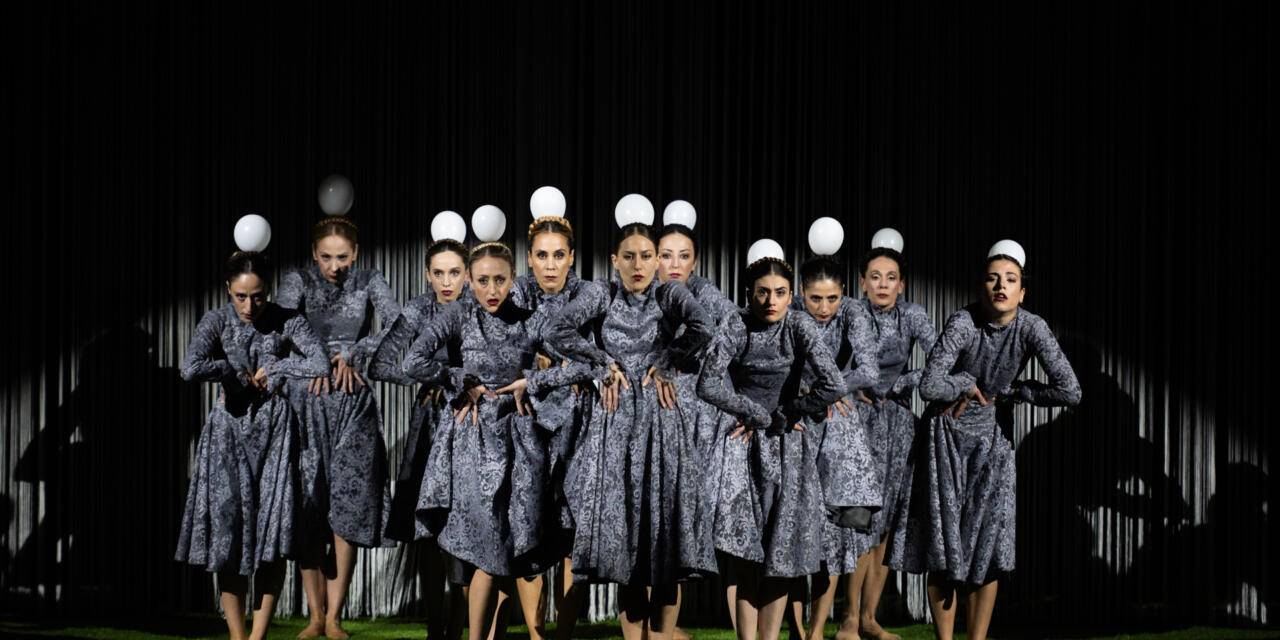
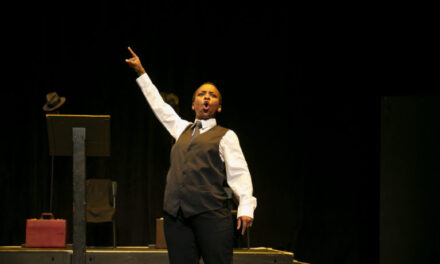
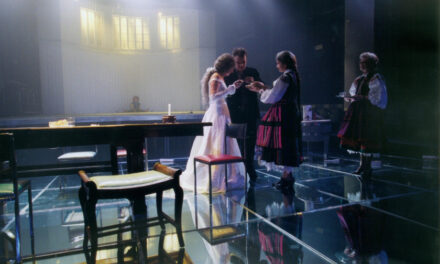
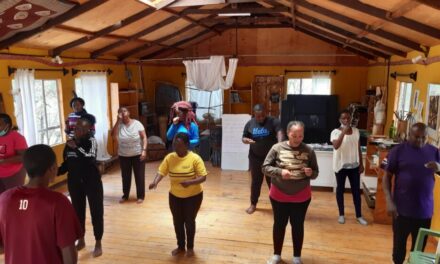
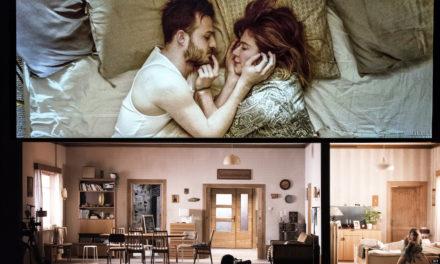




![„Nie Mów Nikomu” [Do Not Tell Anyone], dir. by Adam Ziajski, Scena Robocza, Poznań, Photo by Maciej Zakrzewski](https://thetheatretimes.com/wp-content/uploads/2017/12/Nie-Mow-Nikomu-Picture-2.jpg)






